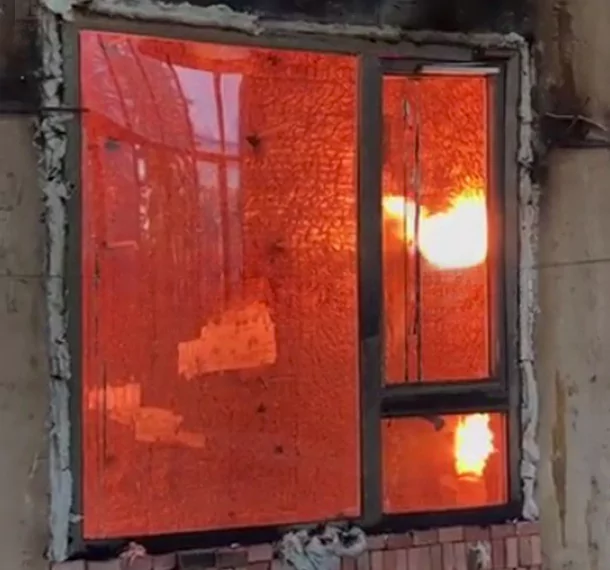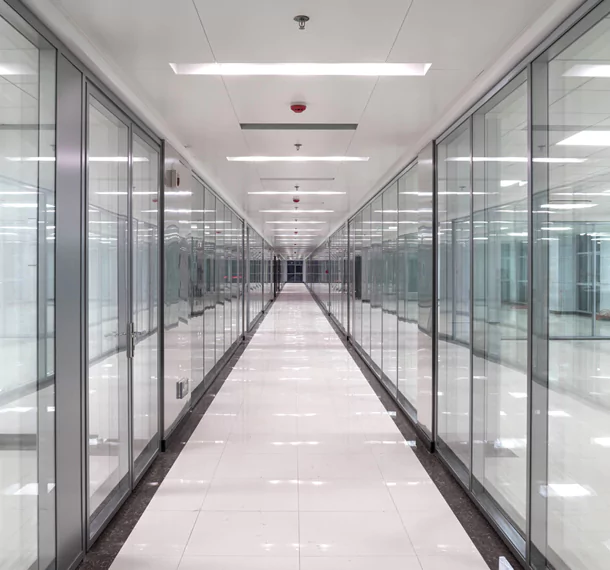Top Fire-Rated Glass Solutions in Tolyatti
Fire rated glass plays a crucial role in modern architecture and safety design, particularly in environments where fire risks are a significant concern. as building codes evolve and the demand for safety increases, the standards that govern fire rated glass becomes essential for architects, designers, and manufacturers alike. one such standard is gost r 55988-2014, which harmonizes with the european en 15254-4 standard to create a more pragmatic approach to fire safety certification in Tolyatti.
The russian standard gost r 55988-2014 introduces an innovative provision that allows for the extended application of fire resistance test results to modified designs. this is particularly beneficial in situations where minor adjustments or variations are made to existing products. traditionally, when manufacturers introduced slight modifications—be it changes in dimensions or material composition—they would often be required to undergo costly and time-consuming large-scale re-tests. however, this new provision significantly alleviates that burden.
By enabling manufacturers to extrapolate existing test data under specific guidelines, gost r 55988-2014 not only streamlines the certification process but also offers a marked cost advantage. this means that designers can adapt fire-rated glass Tolyatti products more swiftly to meet specific project requirements without compromising on safety standards mandated by russian regulations.
The implications of this are profound; it fosters innovation while ensuring compliance with stringent safety measures. manufacturers can respond faster to market demands and tailor their offerings more closely to client specifications without the fear of incurring excessive testing costs every time a product variation is introduced in Tolyatti.
A critical aspect of understanding fire rated glass lies in recognizing the differences between russian and european fire resistance classifications for glazing materials. in europe, standards such as en 13501-2 categorize fire resistance primarily using three classifications: e (integrity), ew (integrity & radiation control), and EI (integrity & insulation). these categories focus on how well glazing systems can prevent flames from passing through while managing heat transfer during a fire event.
Conversely, russian standards—including fz-123 and gost r 53308-2009—adopt a different approach by employing classifications denoted as e (for integrity), i (for insulation), w (for water tightness), and s (for smoke control). a notable combination often seen in these classifications is eiw for translucent designs. the inclusion of ‘w’ as an explicit criterion reflects russia’s emphasis on limiting heat flux density during fires—a critical factor influencing passive fire protection strategies.
Specifically, russian regulations impose stricter limits on heat flux density at just 3.5 kw/m² compared to many european counterparts. this comprehensive approach not only impacts product development but also shapes testing protocols within the market—ensuring that any glazing used meets rigorous performance criteria designed to enhance occupant safety during emergencies.
These distinctions helps stakeholders navigate both markets effectively while ensuring compliance with local regulations. for architects working on international projects or companies looking at exporting their products across borders, being aware of these differences can facilitate smoother transitions into new markets while maintaining high levels of safety assurance.
As we delve deeper into building materials like fire rated glass, it becomes evident how regulations shape our architectural landscape significantly. standards like gost r 55988-2014 provide frameworks that support innovation while ensuring public safety remains paramount—a balance essential for any industry aiming toward progress without compromising ethical responsibilities.
Whether you’re navigating through complex regulatory environments or simply seeking ways to enhance your design practices with advanced materials like fire rated glass—the insights gained from these standards will undoubtedly prove invaluable as we forge ahead into an increasingly sophisticated future in construction and design.
Fire-rated glass plays an essential role in buildings by protecting them from flames, smoke and radiant or conductive heat during an incident of fire. Beyond its primary function as fire protection, fireproof glass offers several additional benefits that meet both practical and aesthetic requirements. First of all, fire-rated glass Tolyatti contributes to increasing the overall appeal of a space by providing natural daylighting solutions. This not only creates a more enjoyable environment for residents but can also reduce artificial lighting needs, providing energy savings and environmental advantages. Furthermore, in today's security-conscious society fireproof glass serves two functions. Fireproof glass provides protection from fire hazards as well as serving as a security feature, by helping maintain structural integrity under various stress conditions. Furthermore, its aesthetic versatility enables architects and designers to incorporate safety features seamlessly into their designs without sacrificing style or function; this ensures that safety measures don't detract from overall aesthetics while still meeting essential fire protection standards.
In the realm of fire-rated glass Tolyatti , several successful projects stand out as shining examples of innovative design and enhanced safety features. Let's delve into three notable projects where fire-rated glass Tolyatti was skillfully utilized as glass doors or walls:
1. Project Name: The Skylight Tower_
Effects: By incorporating fire-rated glass walls in the interior spaces, The Skylight Tower not only ensures an abundance of natural light but also provides a safe and aesthetically pleasing environment for occupants in Tolyatti.
2. Project Name: Innovate Workspace Solutions_
Effects: Utilizing fire-rated glass doors in meeting rooms and workspaces enhances the modern appeal while adhering to strict safety regulations, creating a conducive work environment that prioritizes both style and security.
3. Project Name: Urban Sanctuary Residences_
Effects: Integrating fire-rated glass partitions between living areas and common spaces not only adds a touch of elegance but also ensures optimal safety measures are met without compromising on design aesthetics, offering residents peace of mind in a stylish setting.







